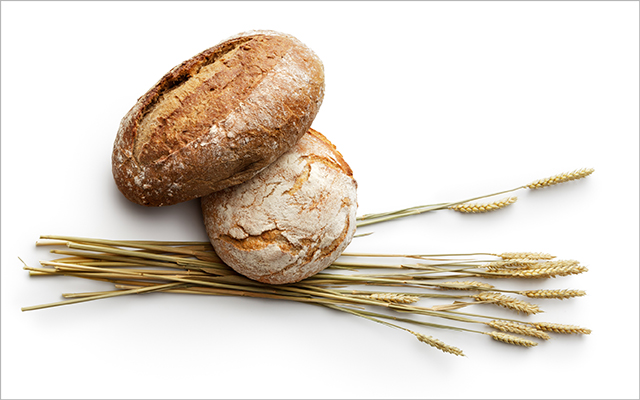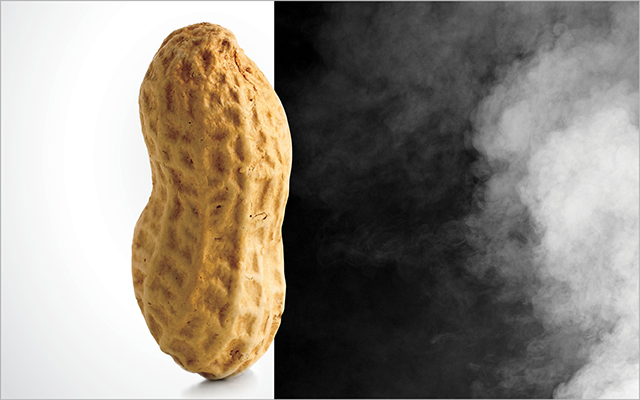Are you eating veggies, legumes, and other healthy whole foods, yet still suffering from baffling health issues? The salicylic acid in the plants may be to blame.
A phenolic chemical that protects plants from bacteria, disease, and insects, salicylic acid is a common but often-overlooked sensitivity trigger. Salicylates, which include tannins, are found in certain beans, and nuts, berries, grapes, avocados, broccoli, spices, and many other foods. They are also a key ingredient in aspirin. Symptoms can range widely; they include asthma-like breathing issues, digestive woes, and migraines.
“Salicylate sensitivity and tannin intolerance are not allergies, because they rarely involve the immune system,” explains integrative physician Leo Galland, MD, author of The Allergy Solution. “They probably result from the ability of salicylates and tannins to inhibit enzymes.”
The most common culprit for salicylate sensitivity is red-wine tannin, followed by the tannin in black tea and coffee, raisins, and nuts, he says. Artificial salicylates are used as a preservative in some fruit juices, chocolate, processed meats, beer, and wine.
Just over 1 percent of people suffer salicylate sensitivity, Galland says, and there are no simple, reliable tests for identifying it. He recommends an elimination diet to track down offending foods (see “The Institute for Functional Medicine’s Elimination Diet Comprehensive Guide and Food Plan” for support and recipes) — but he also warns that this is an inexact test because foods contain multiple ingredients, any of which could be the culprit.
He also offers these tips for pinpointing and managing a salicylate sensitivity:
- Keep a food journal noting which foods containing salicylates and tannins affect you, and steer clear.
- Find low-salicylate alternatives. White wine is much lower in tannins than red wine; white beans have less salicylic acid than red or black beans; and cashews have lower levels than almonds. For a handy reference of food salicylate levels, see Salicylate Intolerance: The Complete Guide, by Christine Sexton, MPH, RD, at bit.ly/2Kfk8yi.
- Enhance your digestive and detox capabilities. Salicylates and tannins inhibit our digestive enzymes and block absorption and detoxification, Galland explains. If your sensitivity is not extreme, he suggests eating foods containing salicylates and tannins separately from other foods to aid your digestion.
He also notes that you can build your overall “ability to detoxify by eating a nutritionally dense diet, maintaining a nontoxic home environment, and eating foods that enhance detoxifying ability, like broccoli sprouts.”




This Post Has One Comment
This is not a comment about your post, specifically; but, in a way it is, because, what you wrote inspired me to look into things further.
I realized that I was made needlessly afraid of turmeric because of its classification as being very high in salicylates this morning, while checking out the complete guide. Because, I realized, this is about how much salicylate is in a weight of each food, not in a serving, and, there is a vast difference between how much of a serving a 100 grams of sweet potato is compared to 100 grams of spices.
I did some calculation on the highest amount of turmeric I took in one day, which was 3 tablespoons, and found out that , considering the entire days supply of turmeric, it would still only come out as a “Moderate” amount of salicylates. Whereas, how I would normally use it in cooking would come out to a “Low” amount for an entire pot of food, which would thusly make it “Negligible” per serving.
Whereas, a usual serving of asparagus for my more veggie oriented friends, would definitely be in “High” or “Very High” because the 100 grams of asparagus, fresh, when cooked becomes a very small portion of asparagus, indeed; whereas most of them are much more likely to eat 3-4 times as much as that.
I am not complaining. I am just stating that one has to take the charts, appreciate them for what they are; but, then has to continue on with thinking for oneself, how they relate to actual daily life.
I found that raspberries sound far more dangerous and turmeric far less dangerous to me this morning than they did yesterday. Because, as I said in a Facebook post, one could easily eat 100 grams of raspberries just while standing around, taking nibbles, and trying to decide if one should eat raspberries. But, it’d be real hard to choke down 100 grams of turmeric!